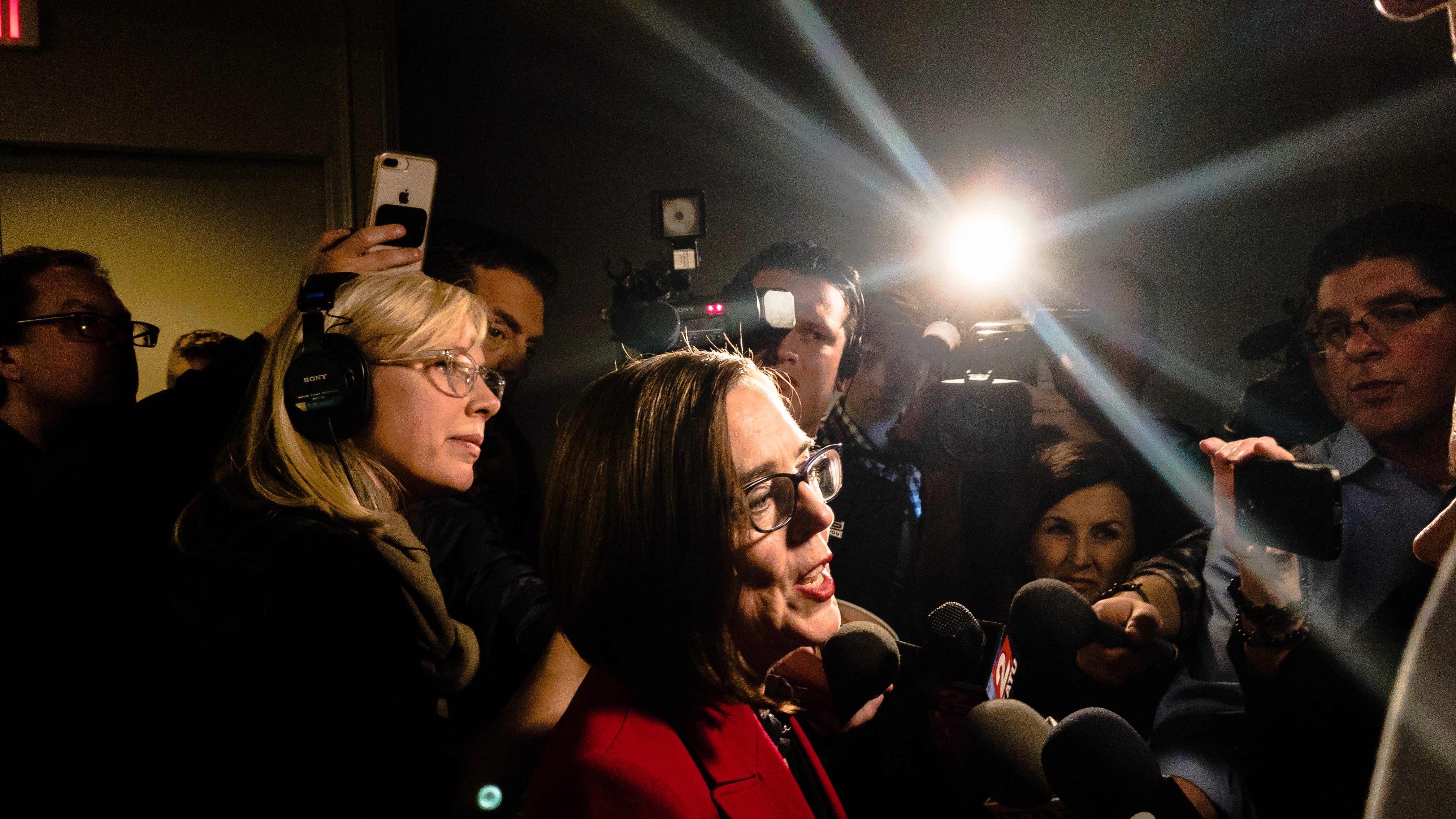After Oregon Republicans walked out of the legislative session to block a carbon-cap bill, Gov. Kate Brown on March 10 used her executive power to reduce the state's carbon emissions.
Brown's executive order requires state regulators to cap the carbon emissions of vehicles and heavy industry, without creating a market where companies could buy credits from the producers of renewable energy, as was the case under Senate Bill 1530.
In short, that means Brown's action is all stick and no carrot.
"I've heard it loud and clear from our young people in Oregon: climate action is crucial and urgent," Brown said in a statement.
"If we adults don't take action right away, it is the next generation that will pay the price. We owe it to them to do our part to ensure that the globe they inherit is on a better trajectory than the one it's on today."
The executive order seeks to reduce emissions by 45 percent from 1990 levels by 2035, and by 80 percent from 1990 levels by 2050, including requiring the Environmental Quality Commission to set caps on emissions for transportation fuels, natural gas, and larger industrial emitters.
Opponents of the bill said the state would likely face legal action as a result.
“I am not surprised that the governor has moved to overextend her authority to advance a flawed vision of leadership that exposes our state to litigation,” said House Republican Leader Christine Drazan in a statement. “This is not only an abuse of power, it shows how out of touch the governor is with the pressing needs of families and communities across the state.”

